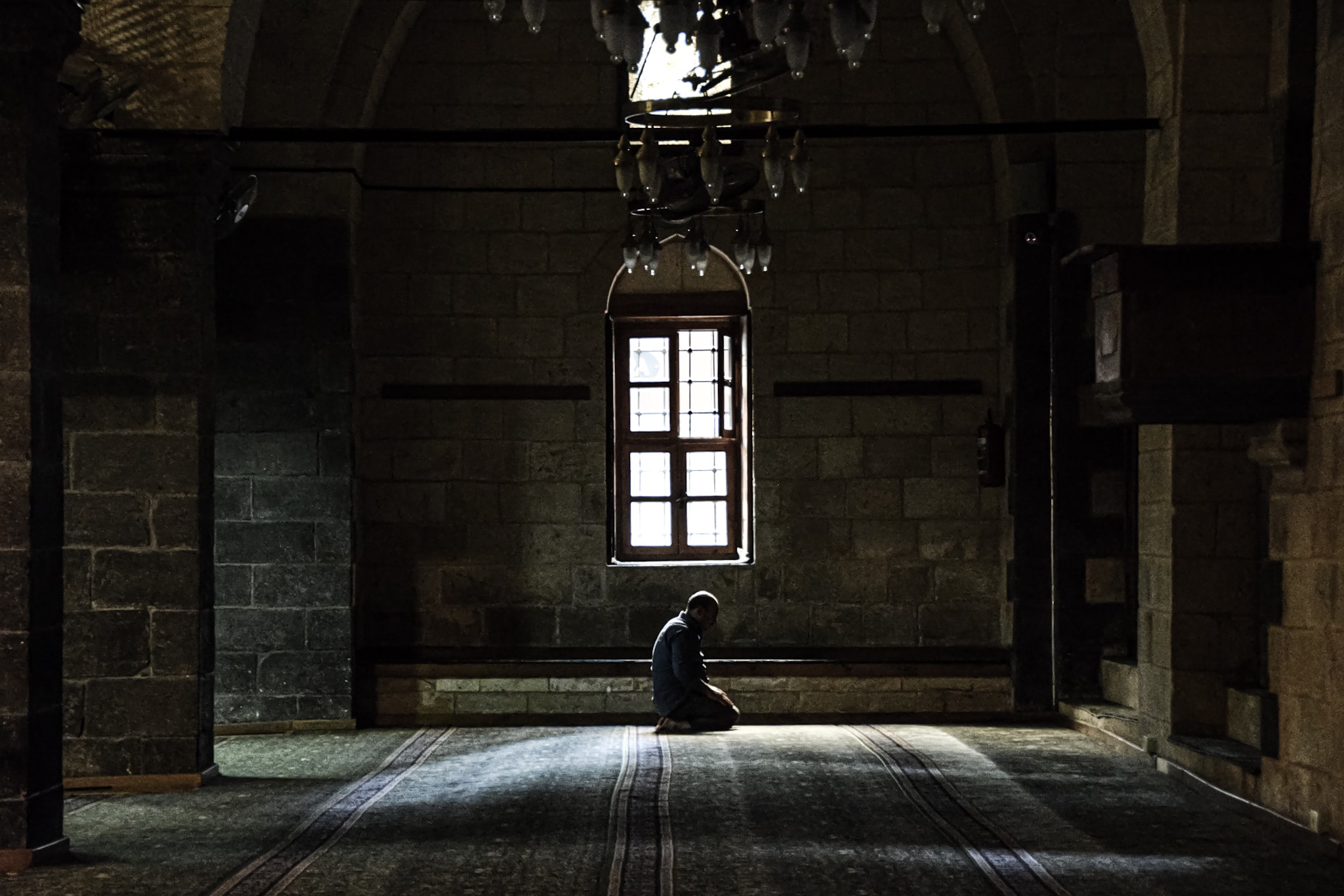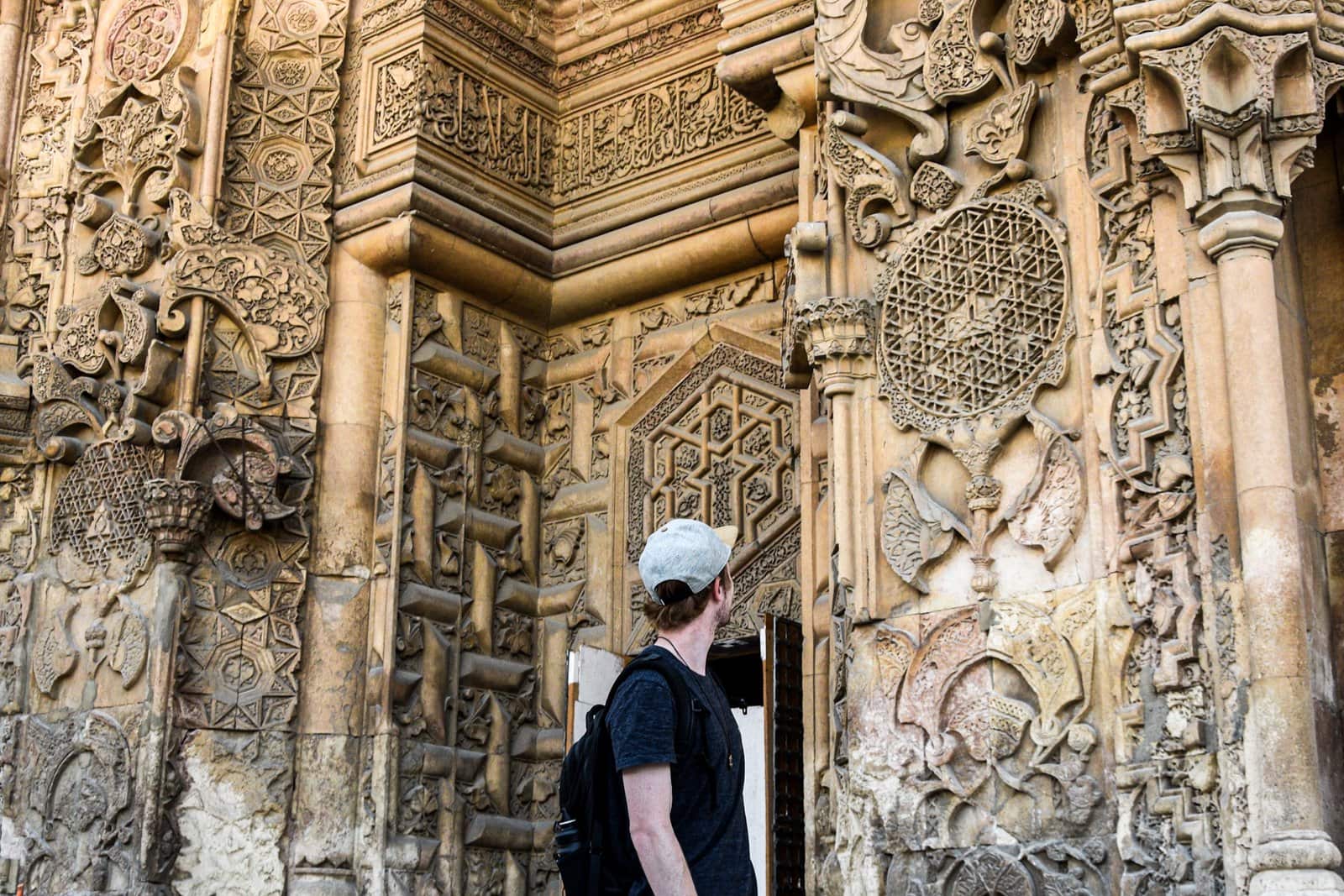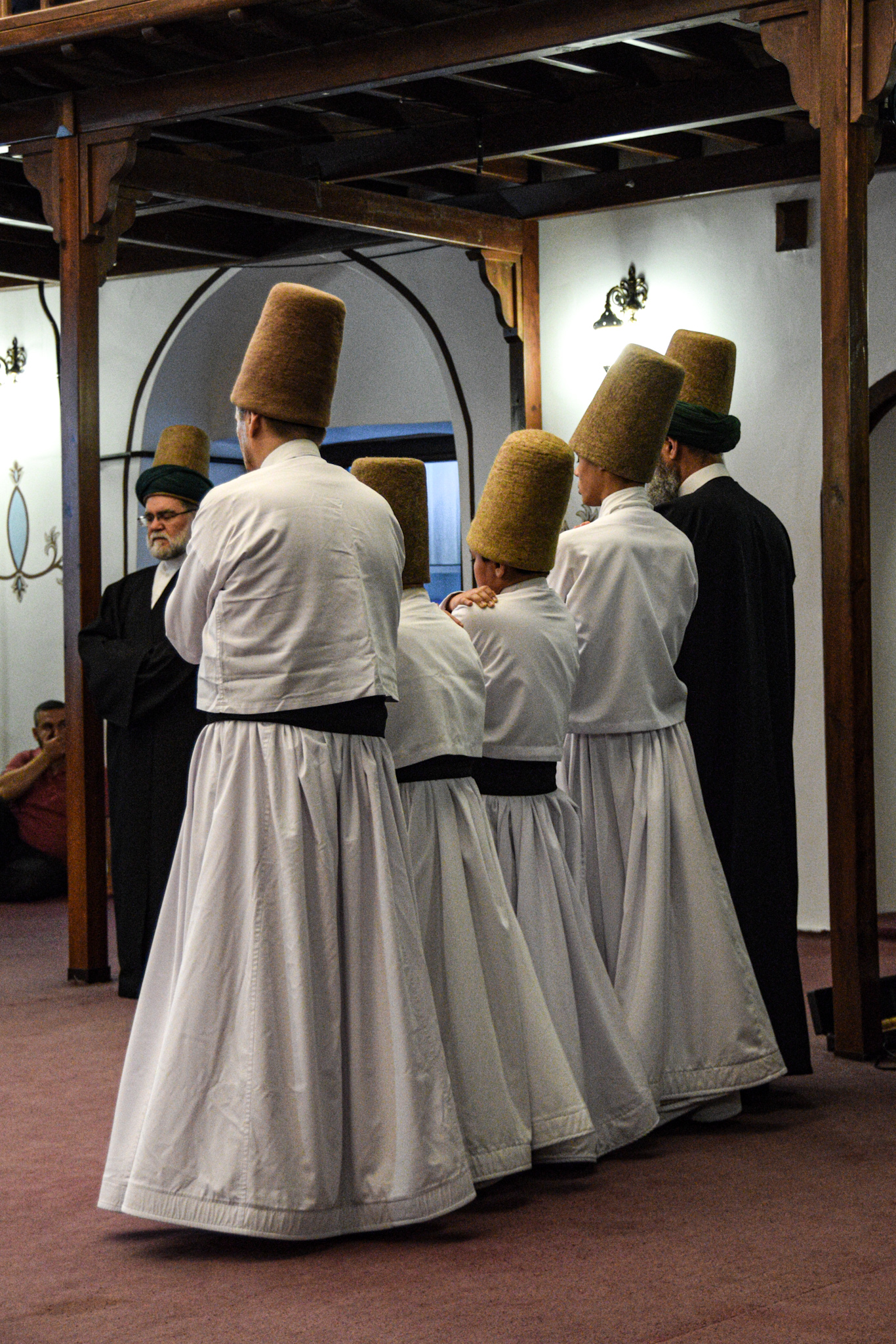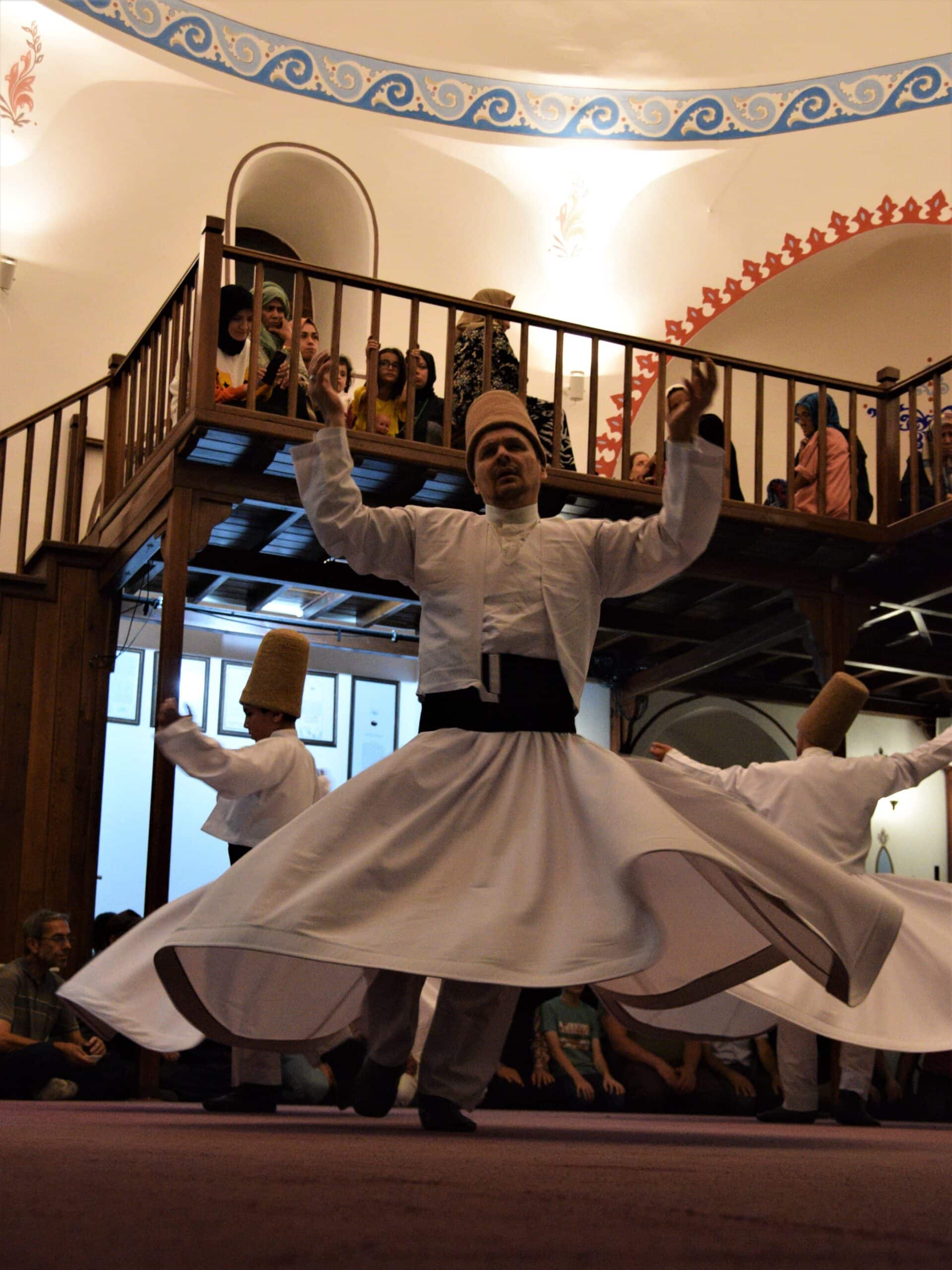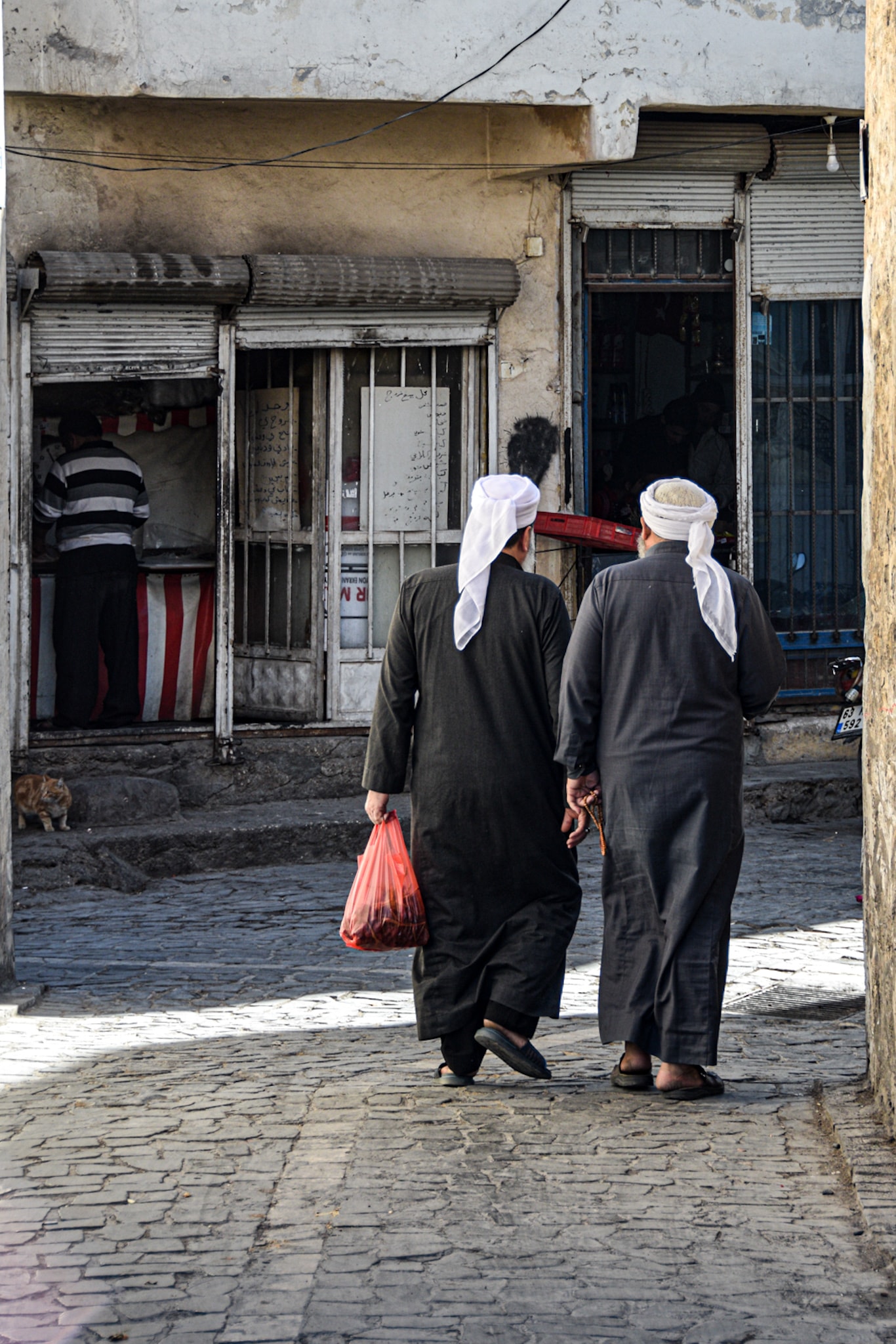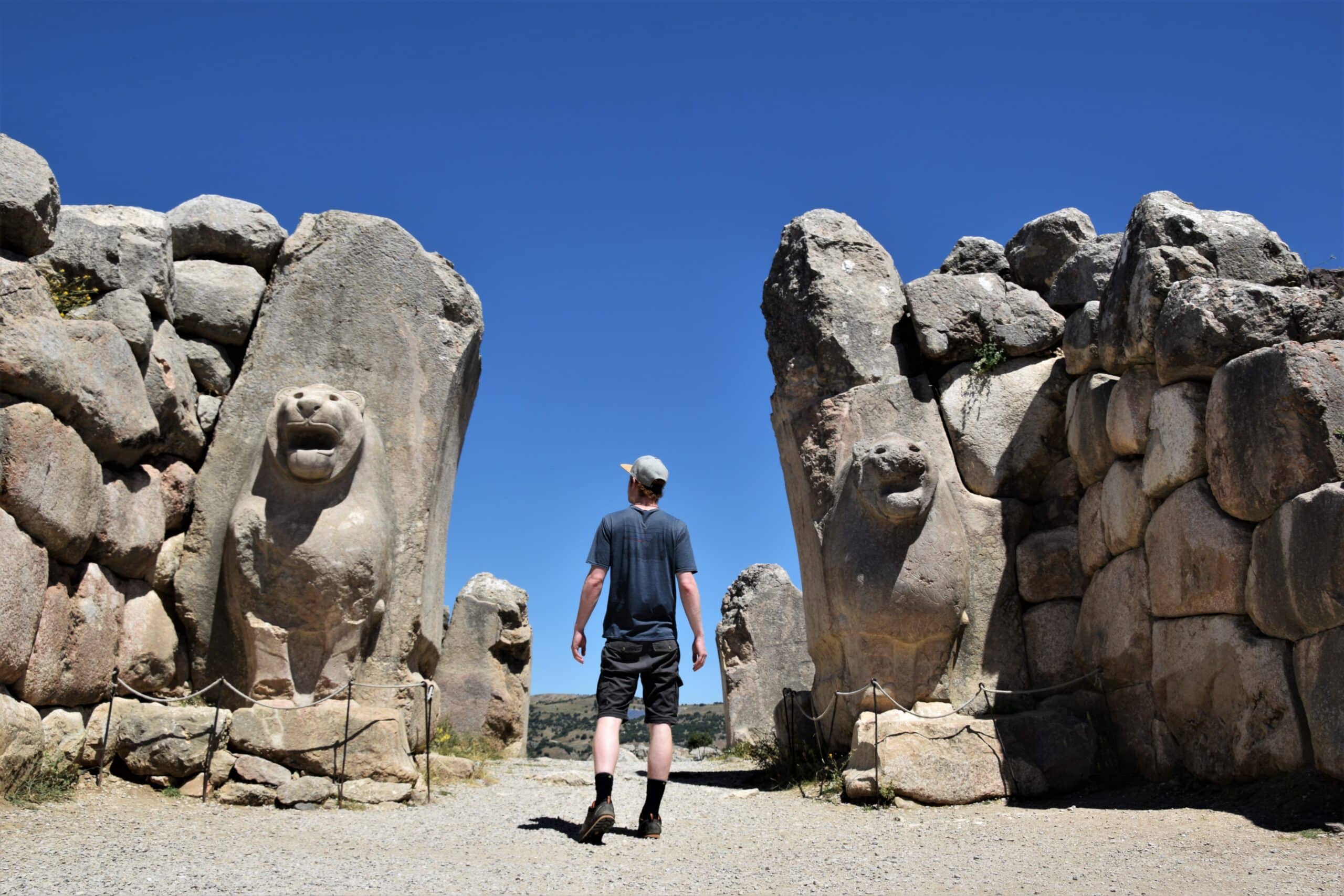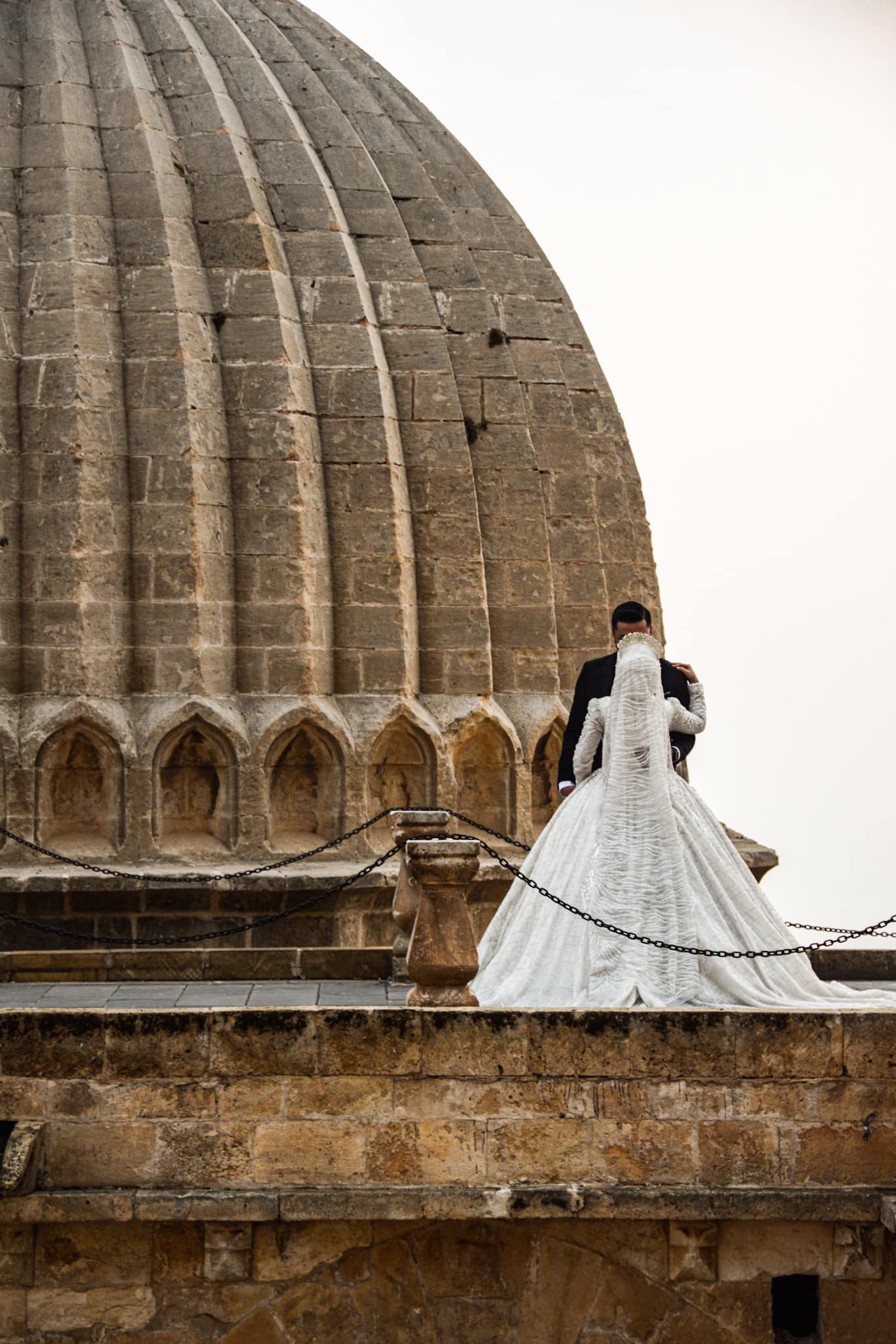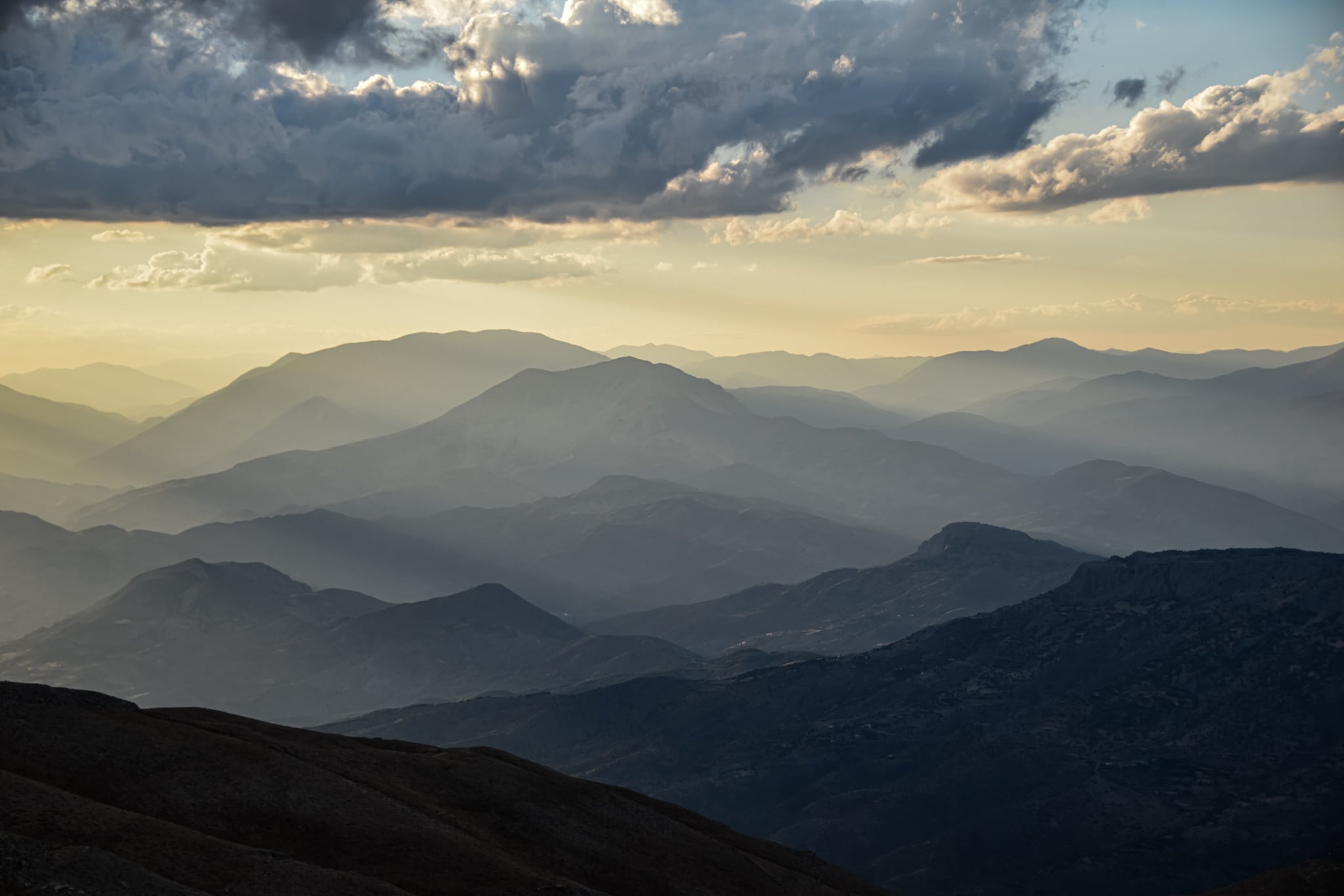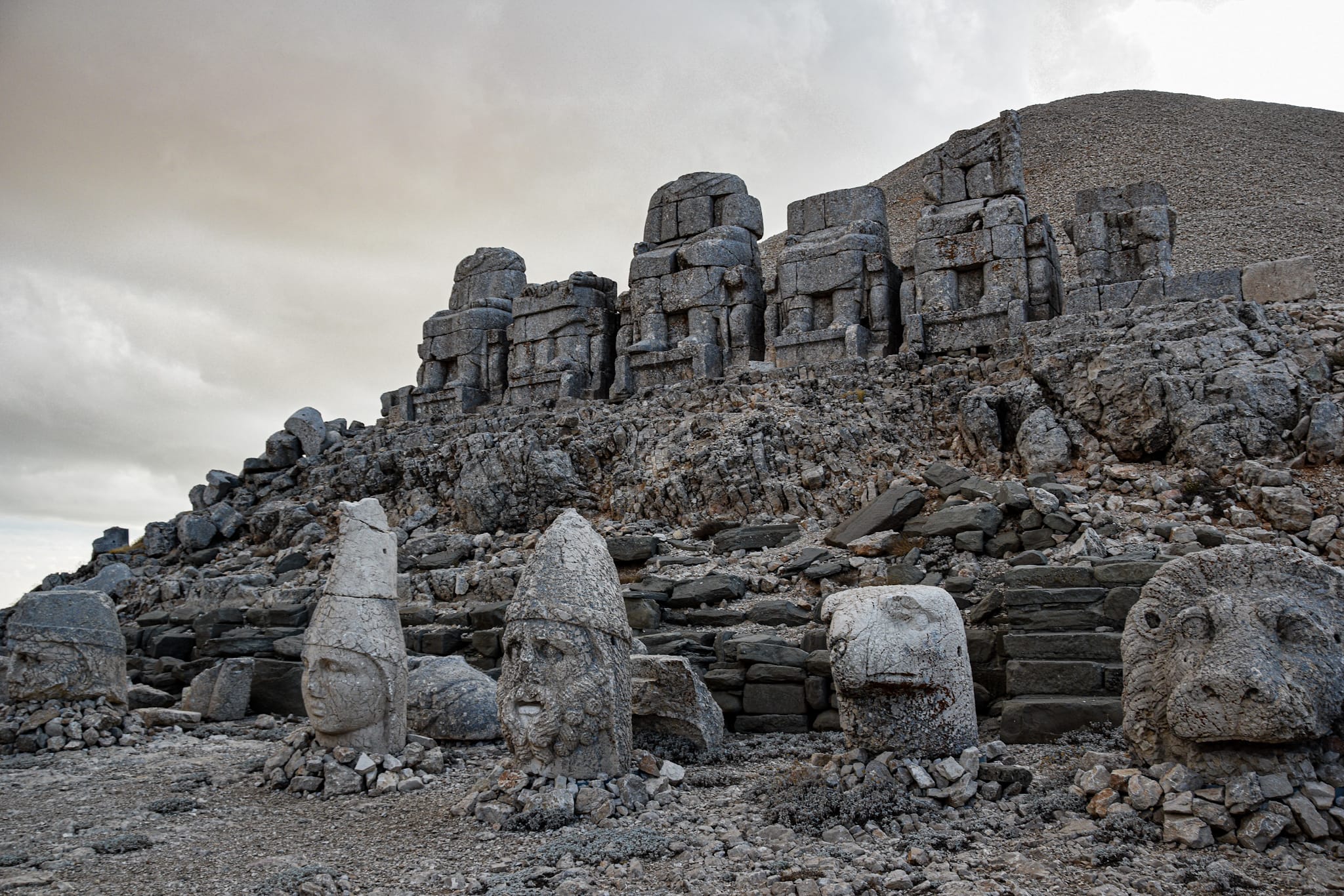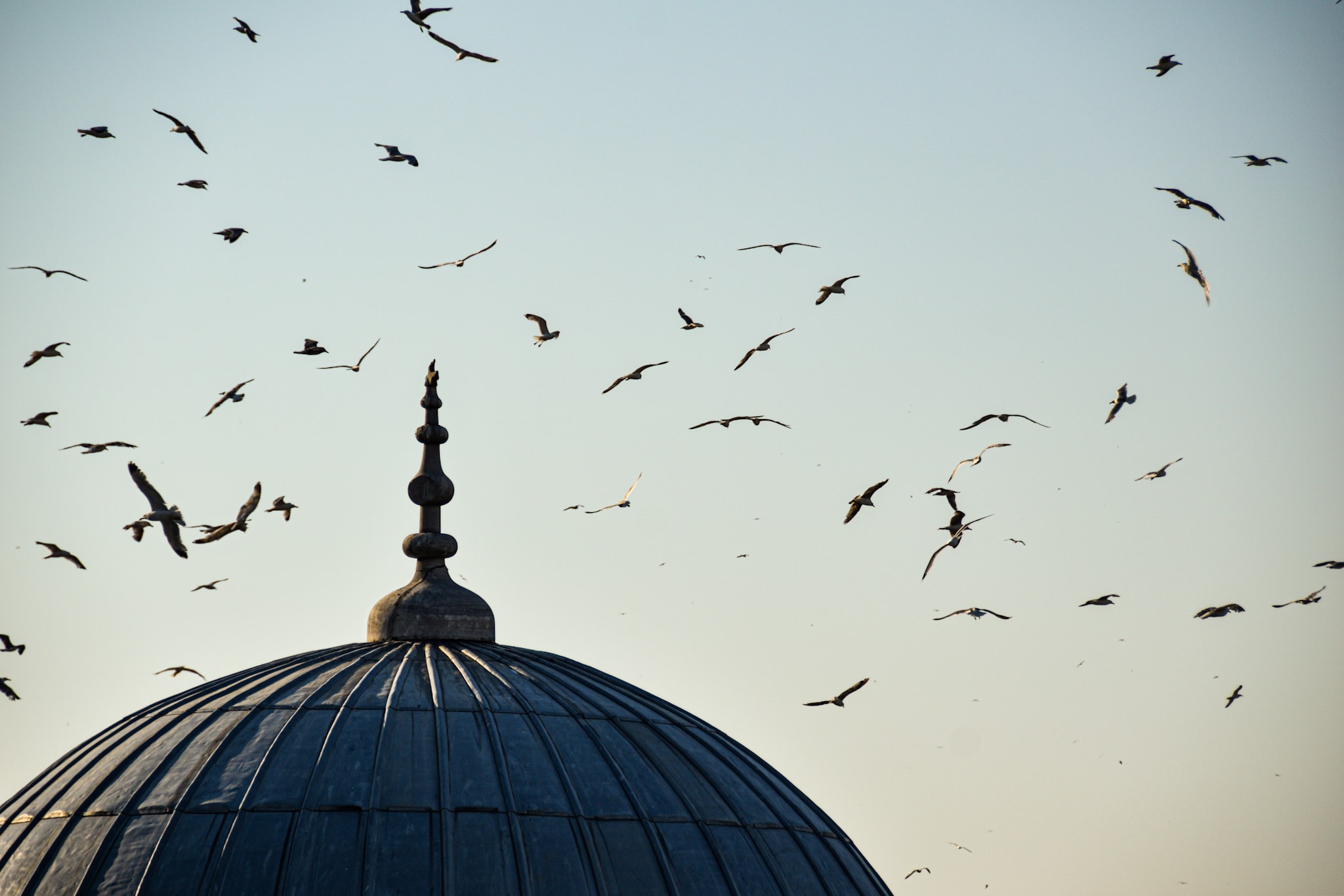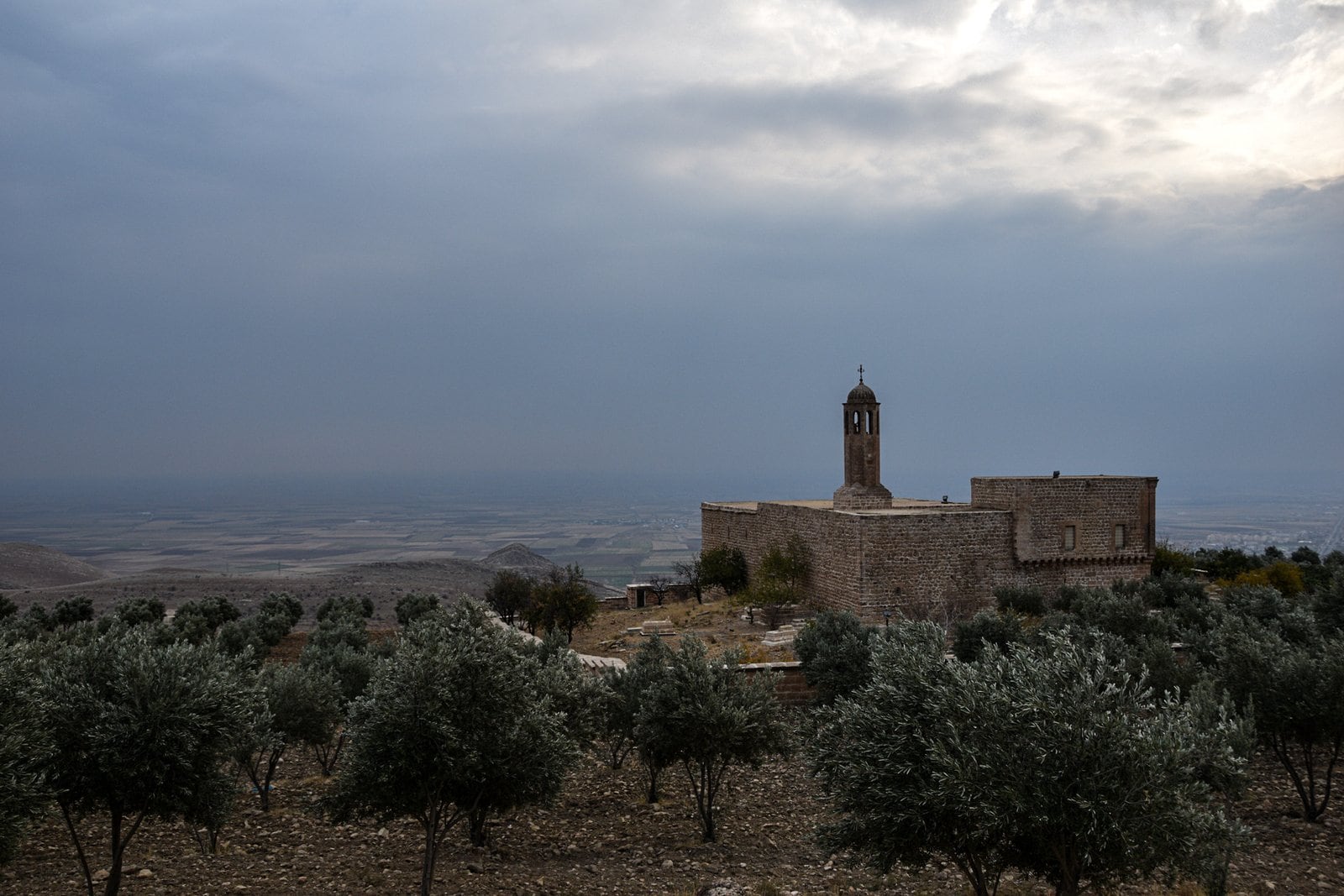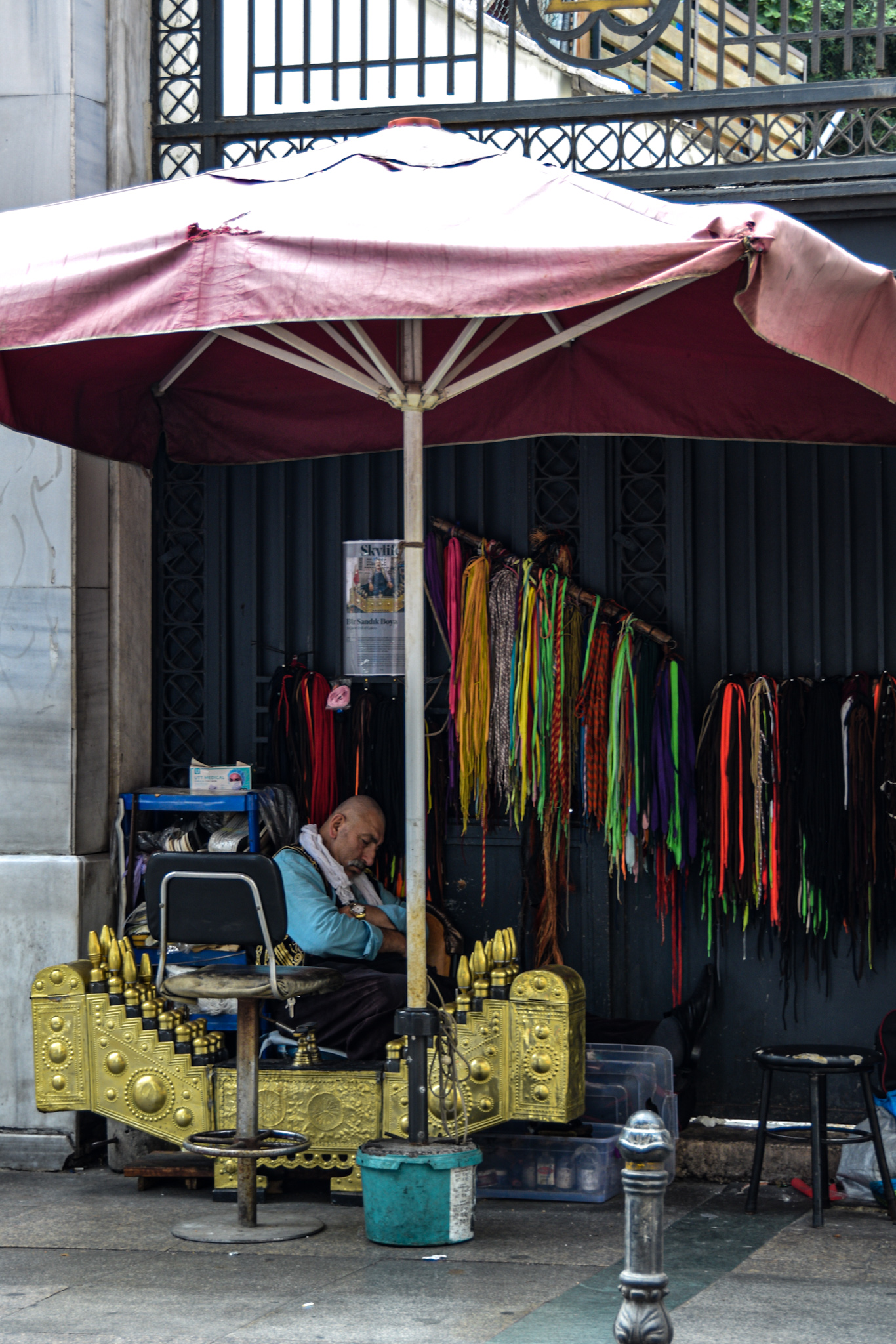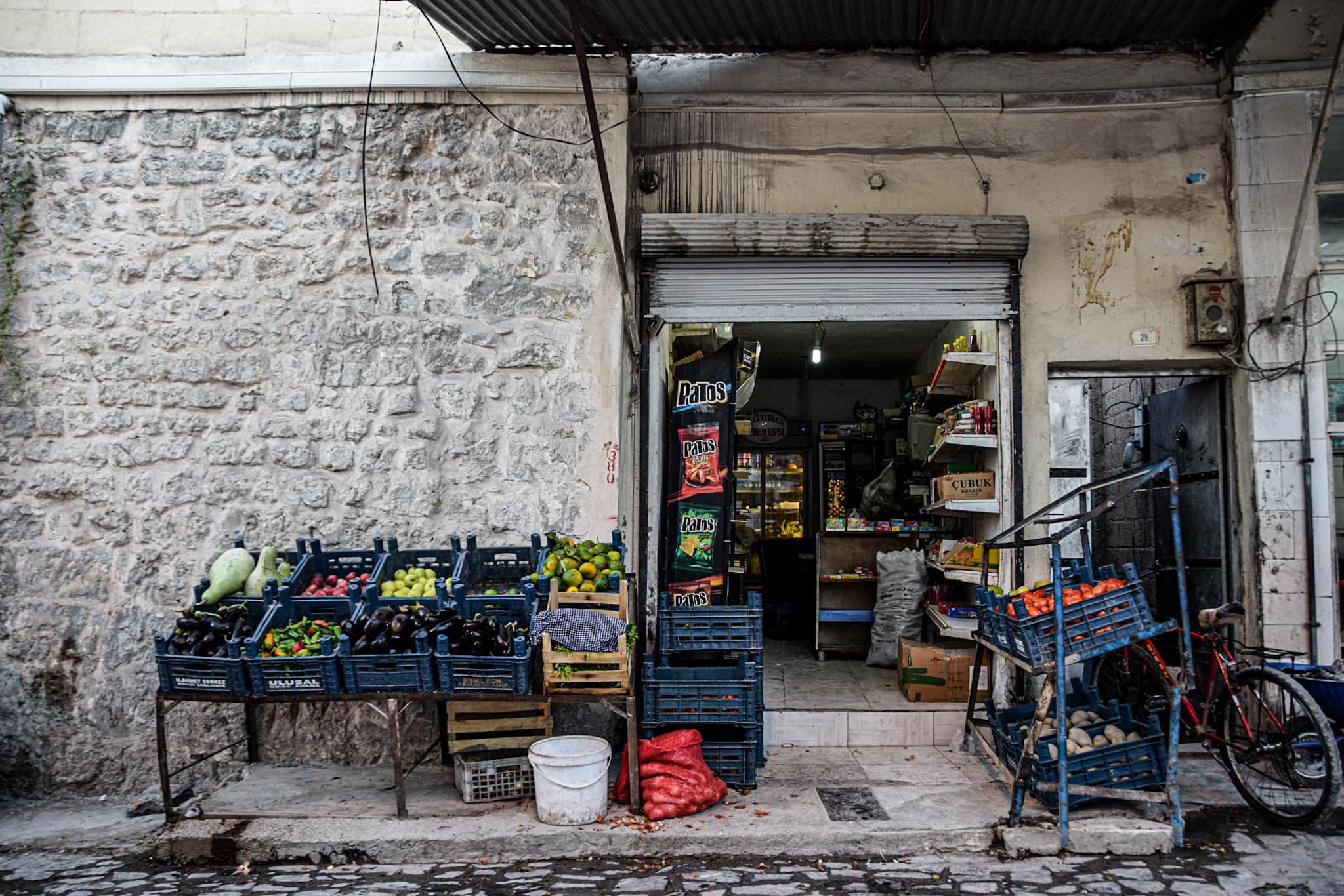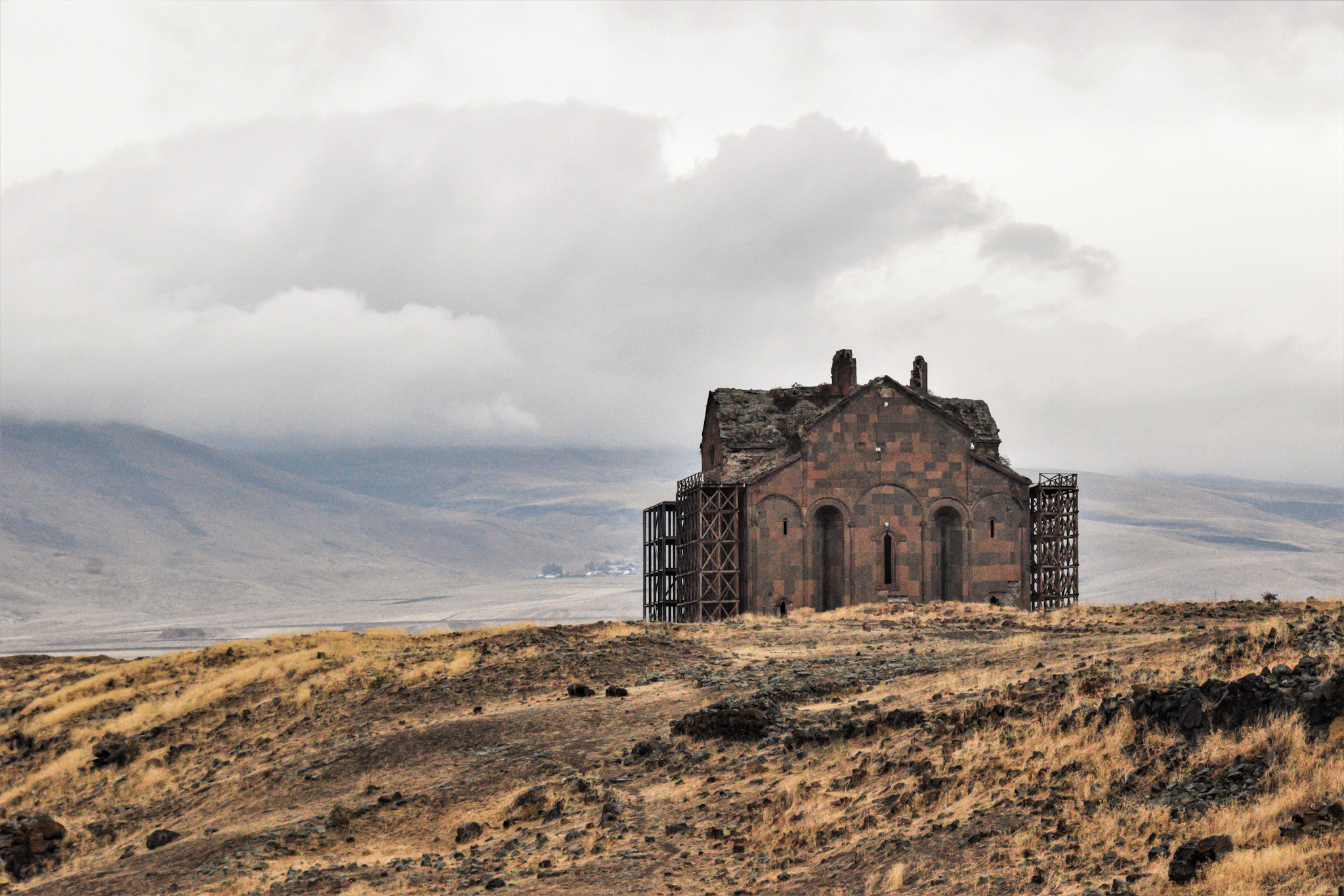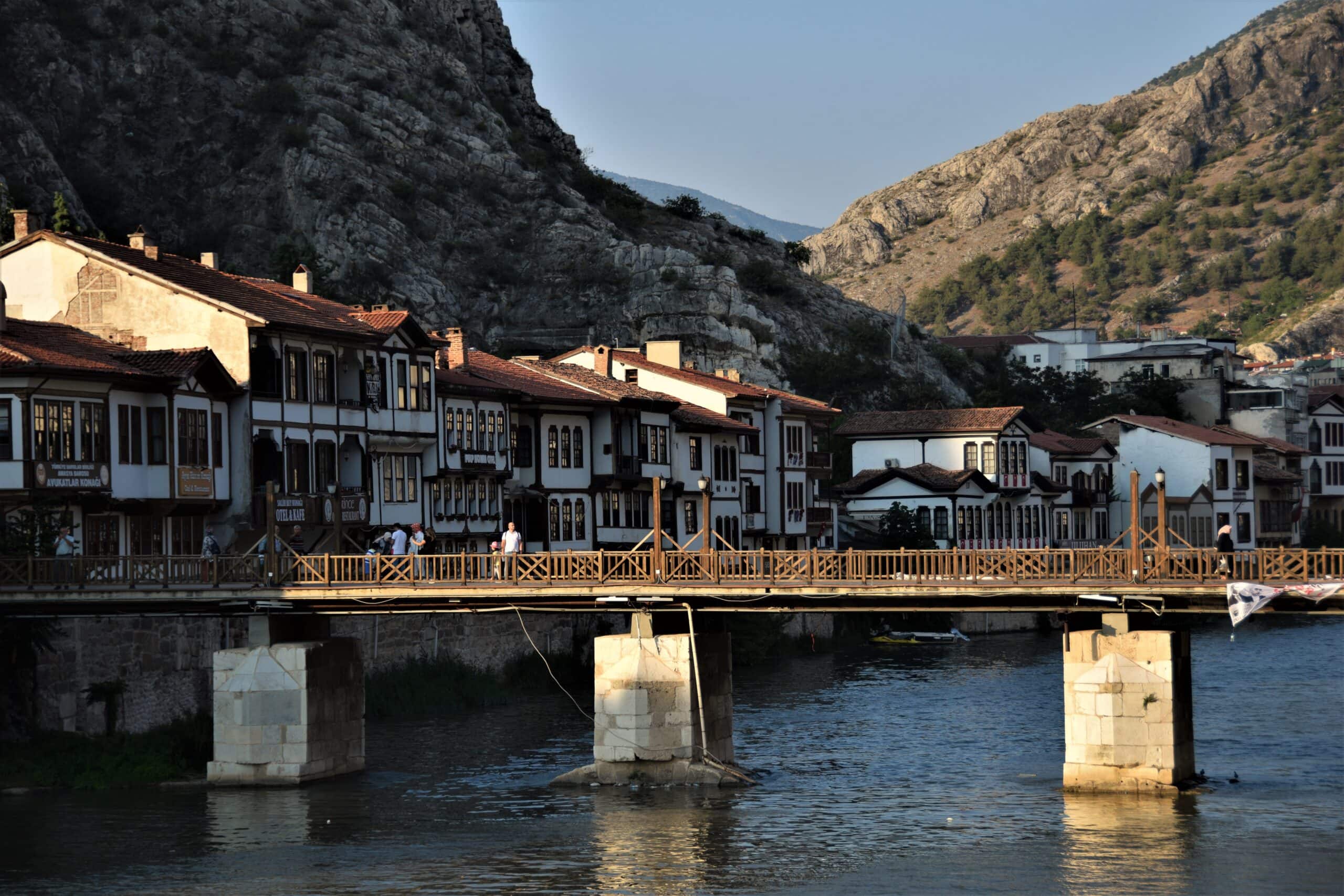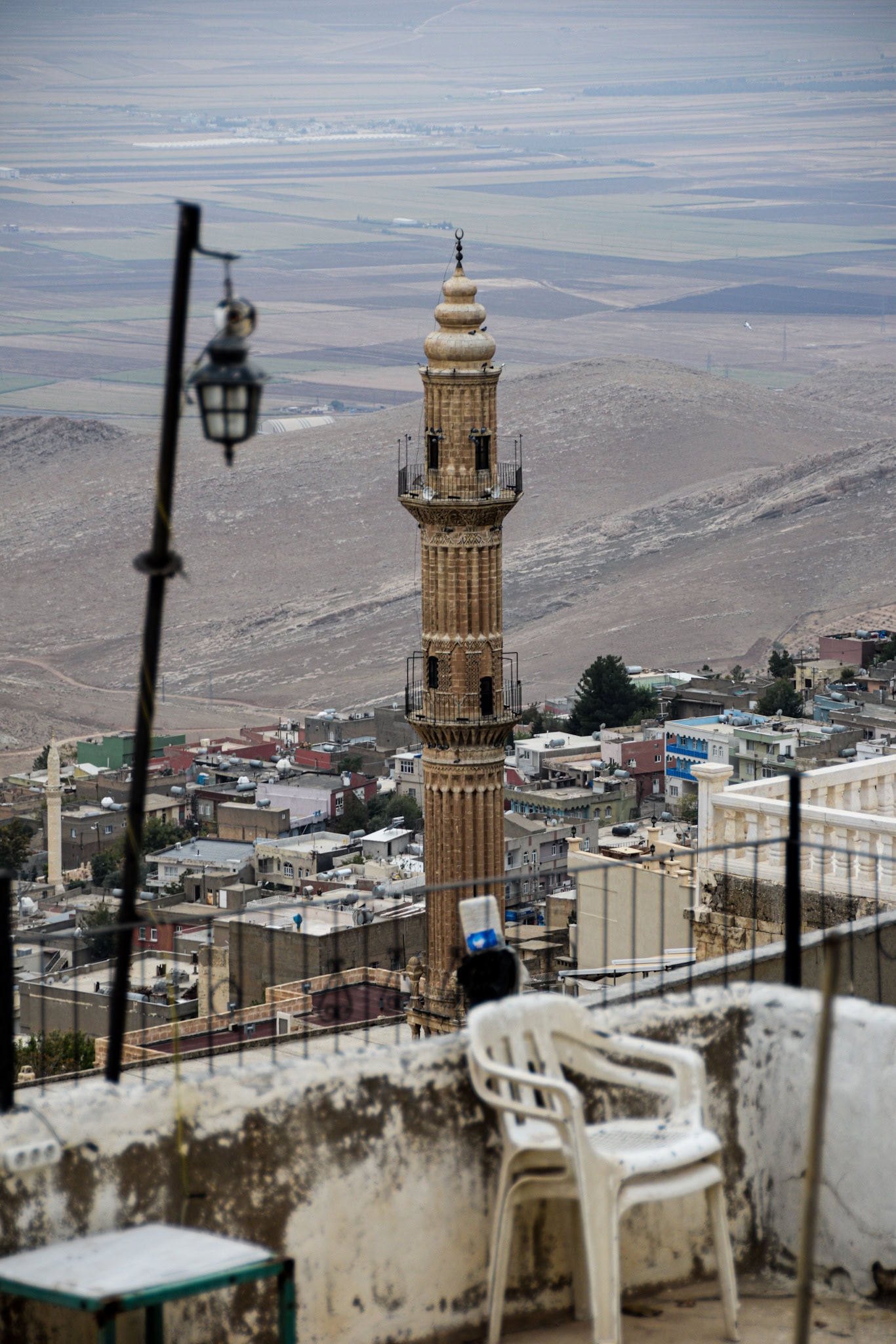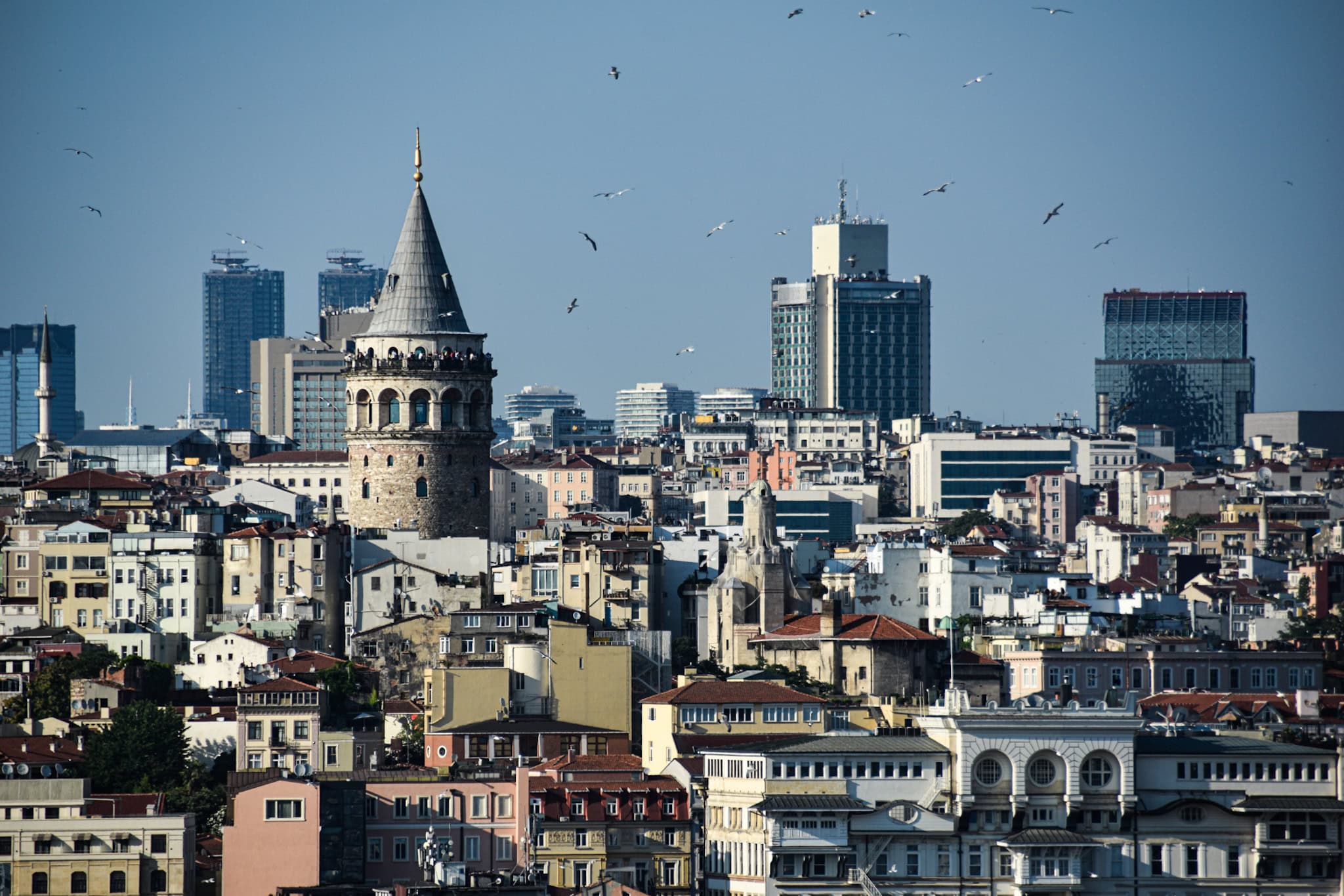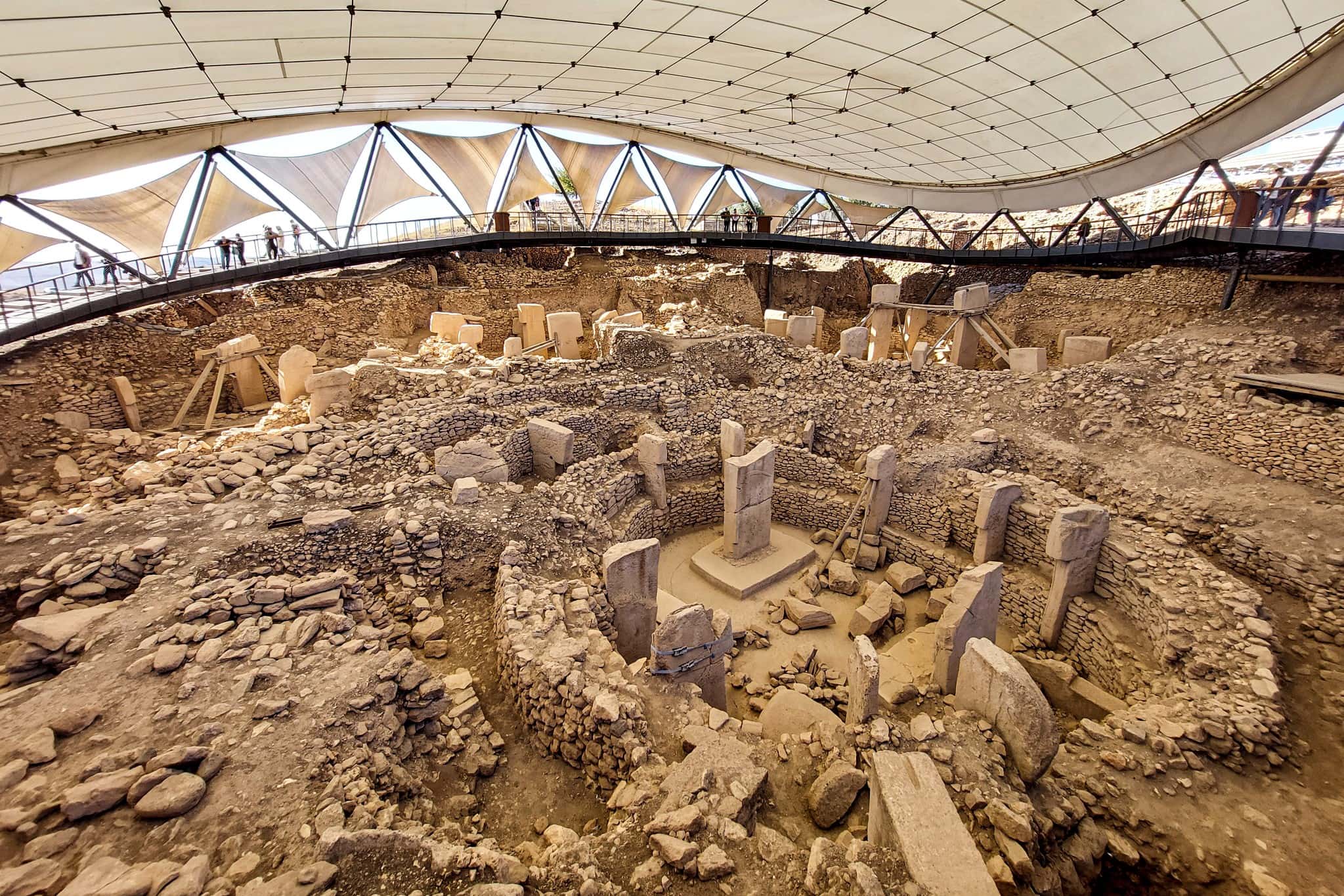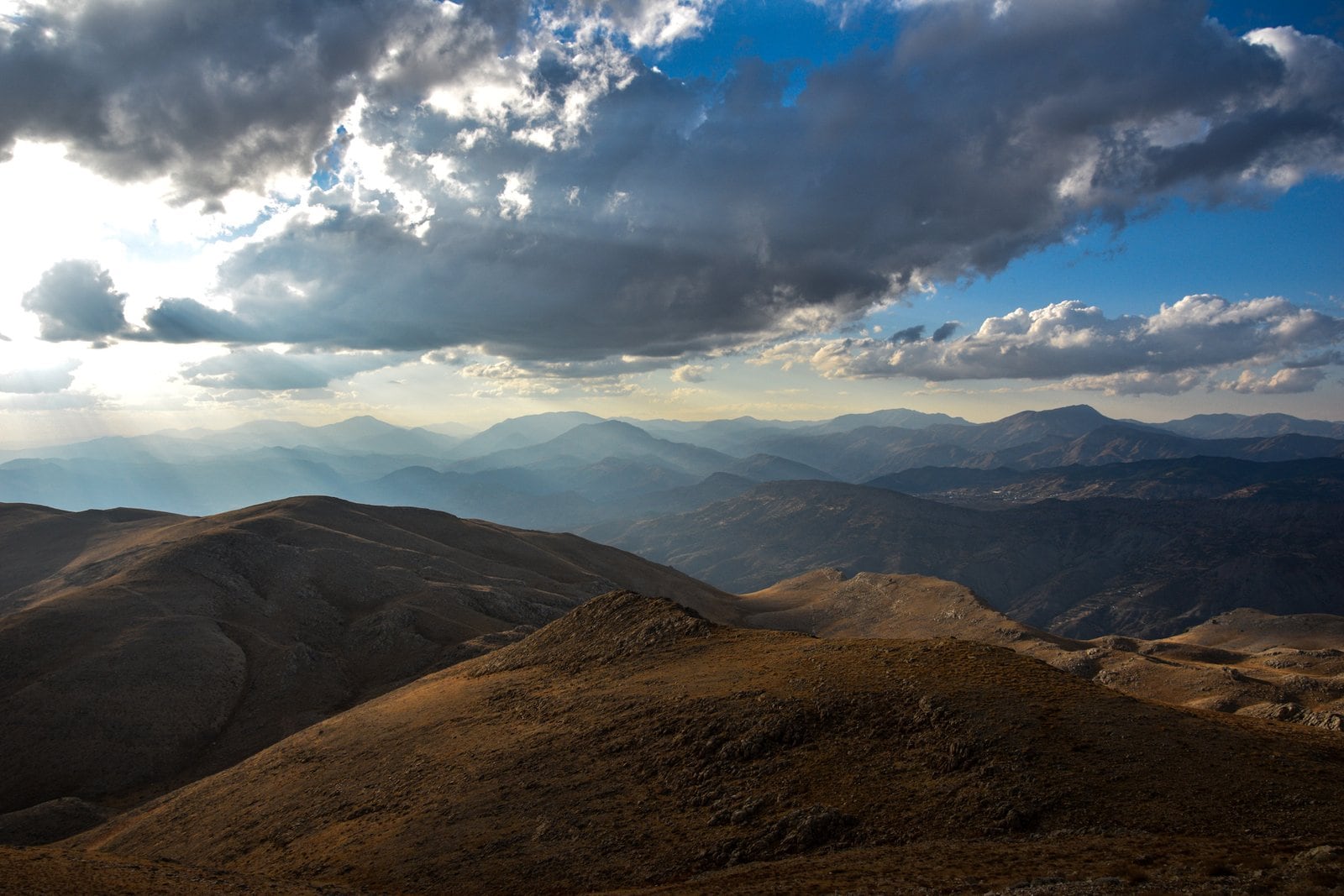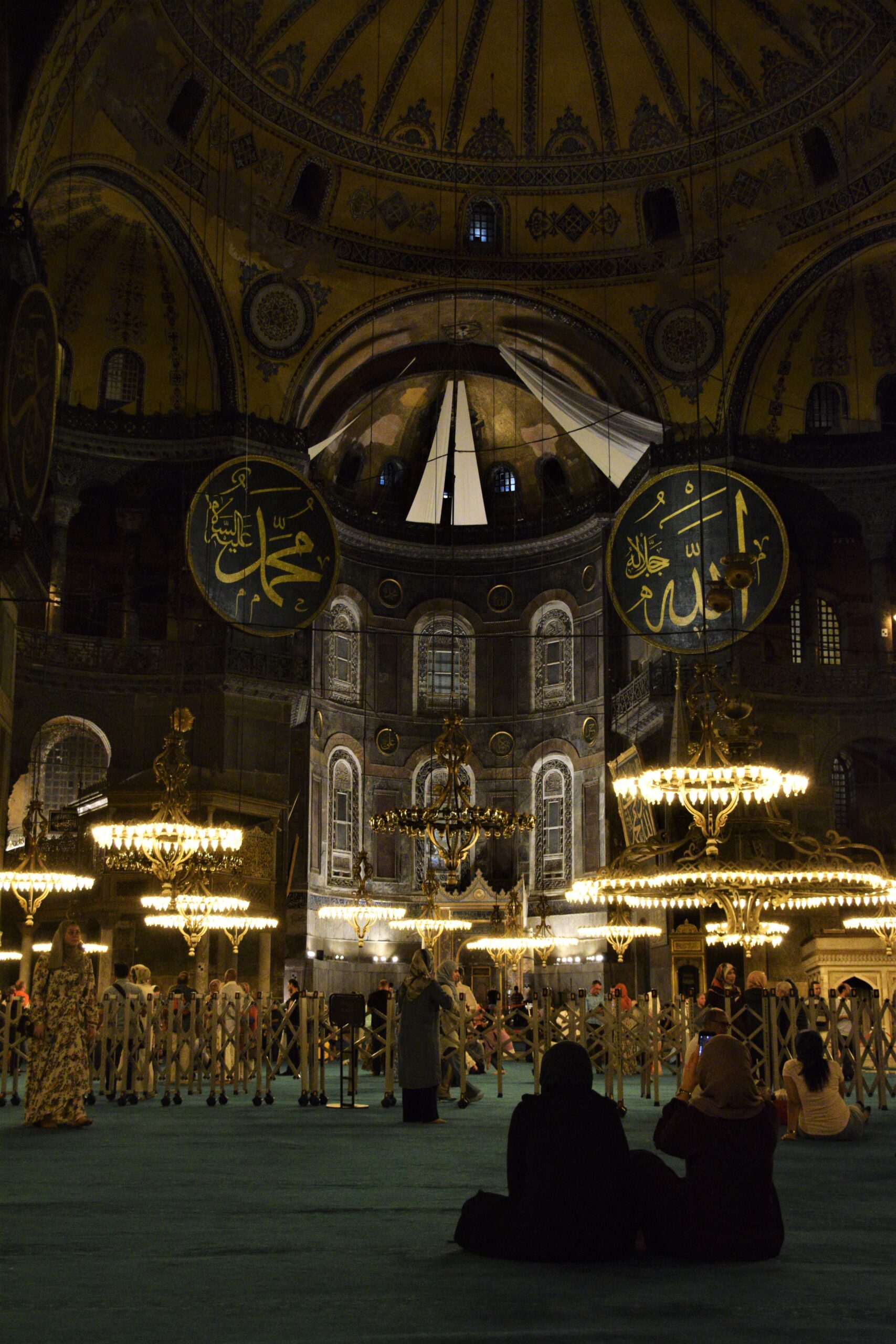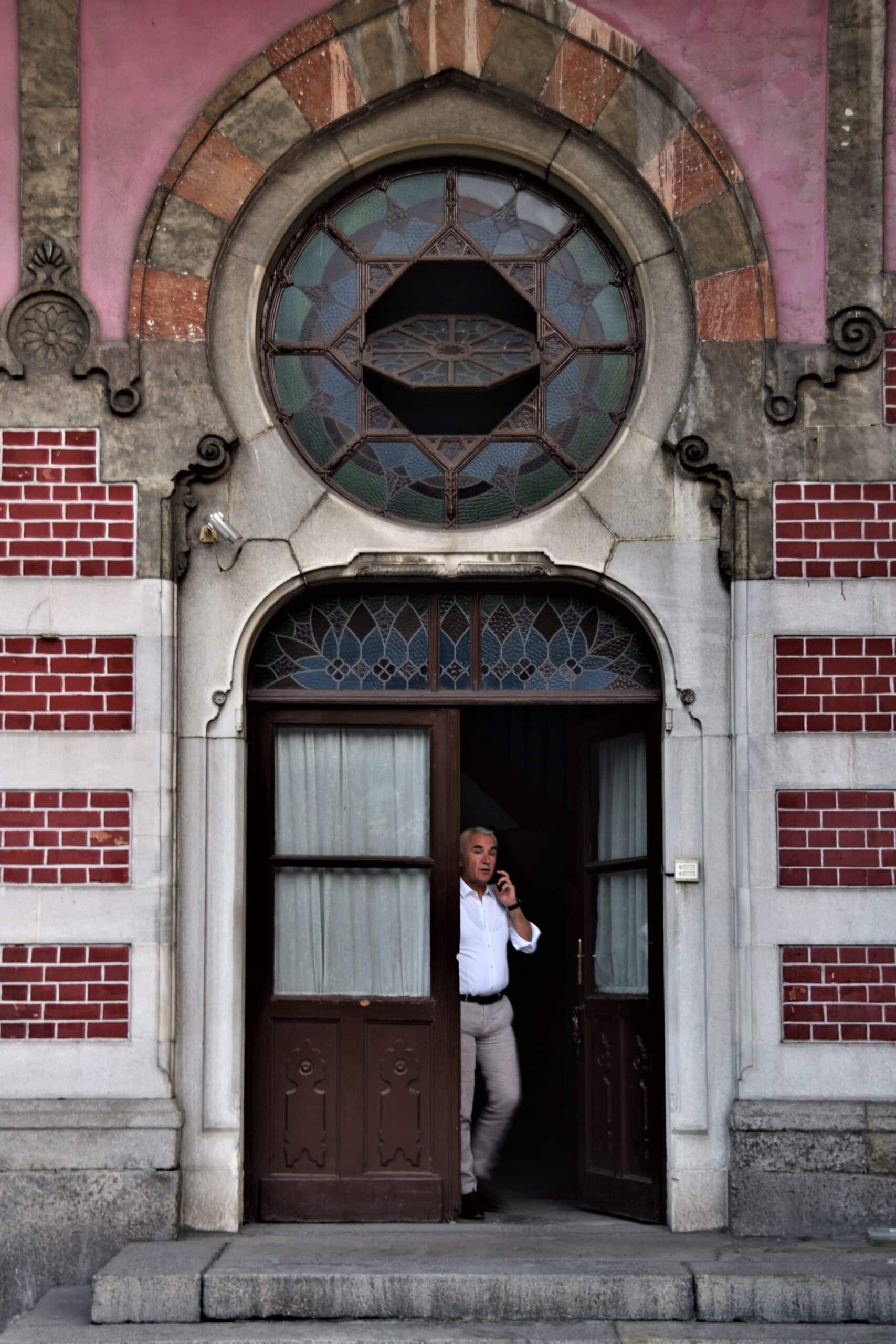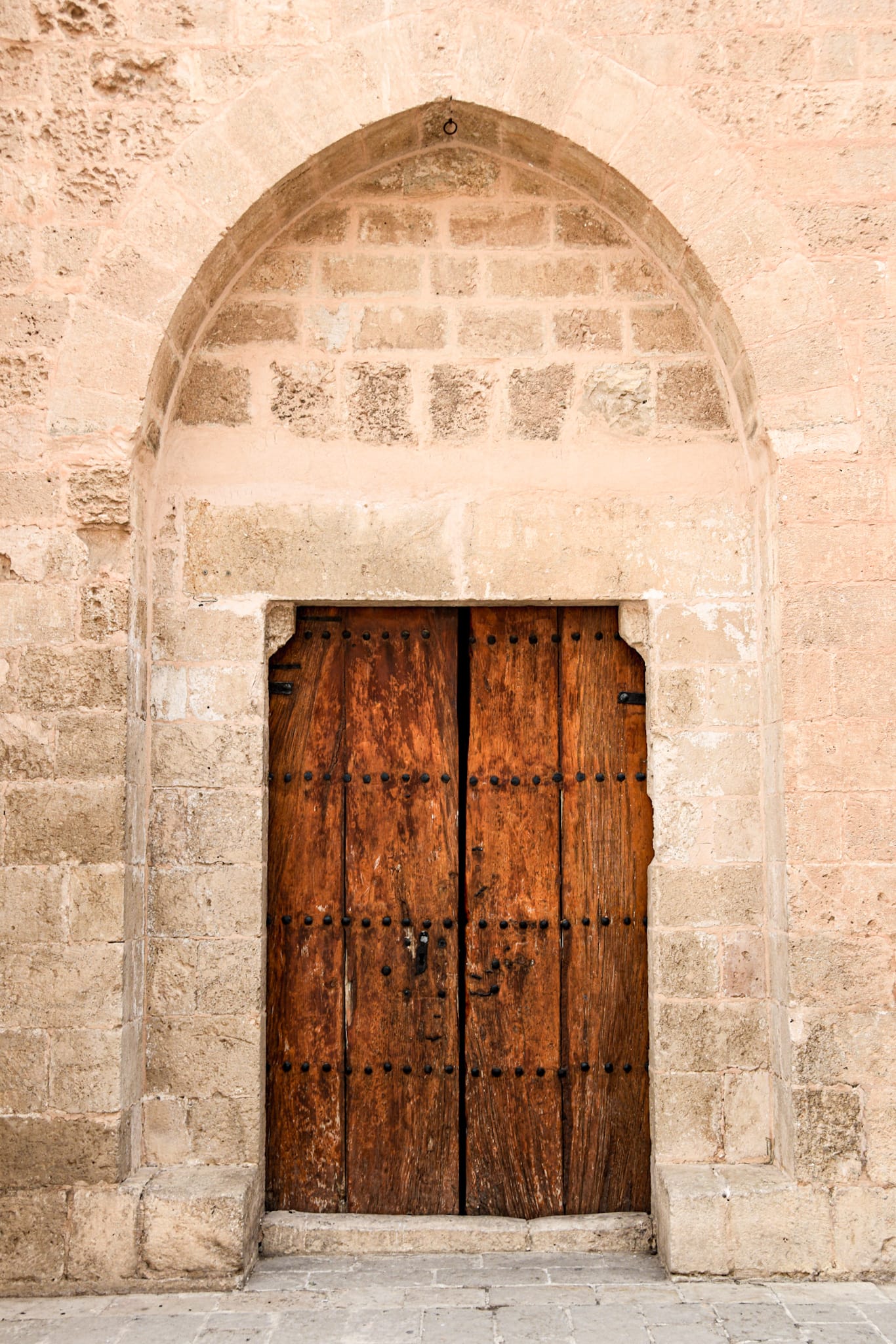TURKEY
TURKEY
HAGIA SOPHIA
For a millennium, the Hagia Sophia stood tall as the largest temple of Christendom humanity had ever seen.
Constructed by emperor Justinian I. nearly 1.500 years ago, she is not only the most impressive building in Istanbul but one of the finest monuments ever created.
Unrivalled for centuries, she is an extraordinary testament to the ingenuity of mankind.
AMASYA
Tombs of ancient kings, carved into the harsh rock face. An old Ilkhanate hospital, and a Seljuk mausoleum. Scenic Ottoman dwellings. And seven mummies.
Located in the quiet hinterlands of the Black Sea coast, Amasya presents herself as an incredibly exciting Turkish travel destination off the tourist trail.
GREAT MOSQUE OF DIVRIĞI
Immortalized in ochre stone in a remote and arid corner of Anatolia lies one of Turkey’s most remarkable architectonic wonders: the Great Mosque of Divriği.
Built at the height of the Seljuk Empire in the 13th century CE, the structure is a spectacular display of Islamic masonry art not found anywhere else in the world.
VISA | Turkey grants visa-free entry for all European countries for up to 90 days (60 days for Russia/North Macedonia; 30 days for Azerbaijan/Belarus/Latvia). Citizens of Armenia (up to 30 days) and Cyprus (up to 90 days) may apply for an eVisa. If you are a resident of a non-European country check Passport Index for a quick overview.
MONEY | Currency: Turkish Lira (TL). ATMs are ubiquitous, and “ATM clusters” (ATMs of different banks grouped together) can be found in every larger settlement along busy roads, on squares, or street corners.
I recommend withdrawing money from Ziraat, since they don’t charge a fee. Being the largest bank institute in Turkey, they are present throughout the country, so you shouldn’t have any troubles finding their shops or ATMs.
Debit and credit cards are widely accepted; however, I recommend carrying some cash regardless as you will still need it occasionally.
PUBLIC TRANSPORT | Inner-city transportation | Depending on the city, you will find a wide array of different modes of transportation, ranging from metro to bus and even trams. Most major settlements will have their own public transport card (IstanbulKart, AnkaraKart, etc.) which you will need in order to use the transportation network. Simply buy the card at the designated machine or ticket booth (e.g., in metro stations/next to tram stops) for a one-off fee and top it up with the desired amount.
Tip: Be aware that you will always be charged the maximum rate when taking the metro, so make sure to claim the balance at one of the smaller, inconspicuous machines located behind the turnstiles.
Bus | There are dozens of different companies operating within Turkey, connecting the country’s numerous cities and towns. Coaches are spacious and you will even be served small snacks and drinks during the ride. Minibuses are also used for small distances.
Normally, there are multiple connections a day and it won’t be necessary to book in advance, however, if you want to be certain your trip is set, check Obilet for tickets and schedules.
Train | The cheapest and by far best way to travel Turkey. Trains are comfortable, fares are extremely affordable, and the scenery is mesmerising (especially in the east of the country). Try to book a few days in advance if you want to secure the best tickets, though.
Ferry | Especially an option in the Sea of Marmara when travelling between Europe and Asia, with the main companies being Budo and Ido. Check schedules, prices, and availability here.
